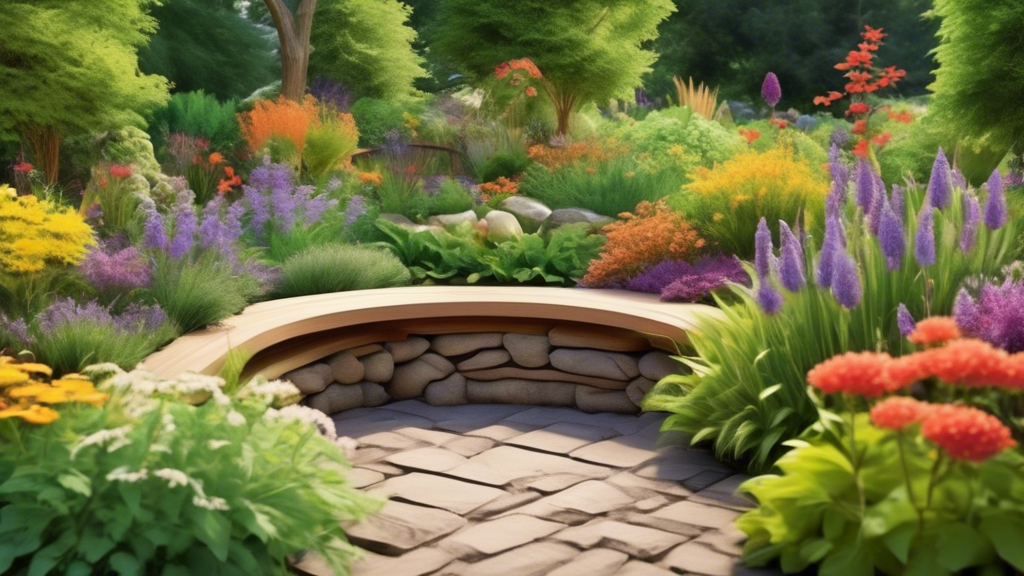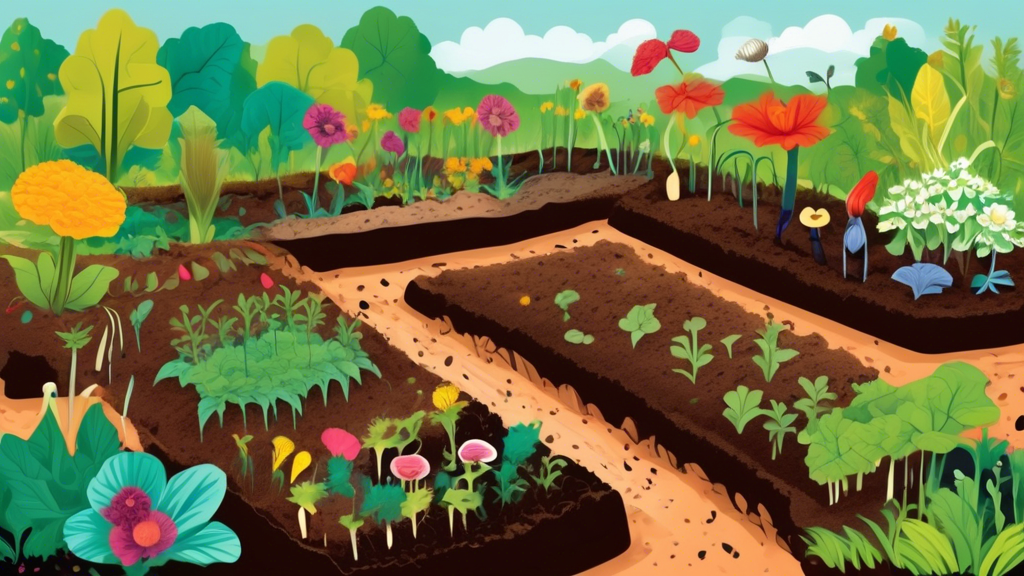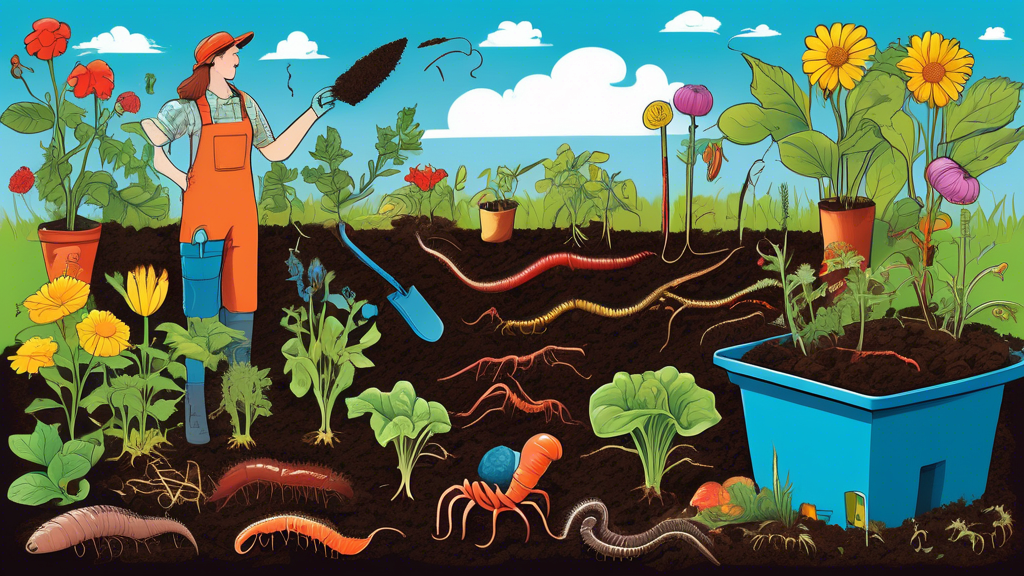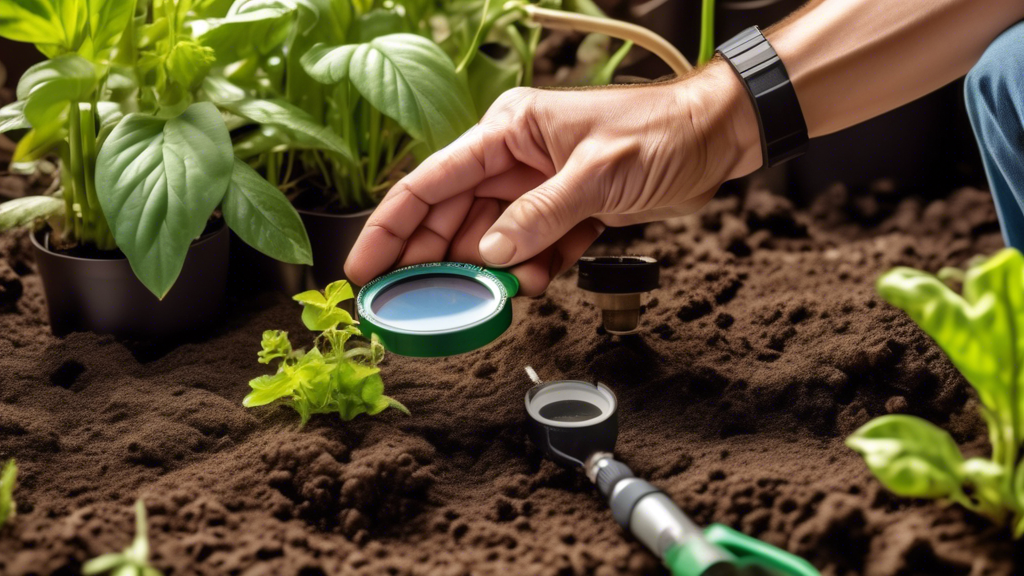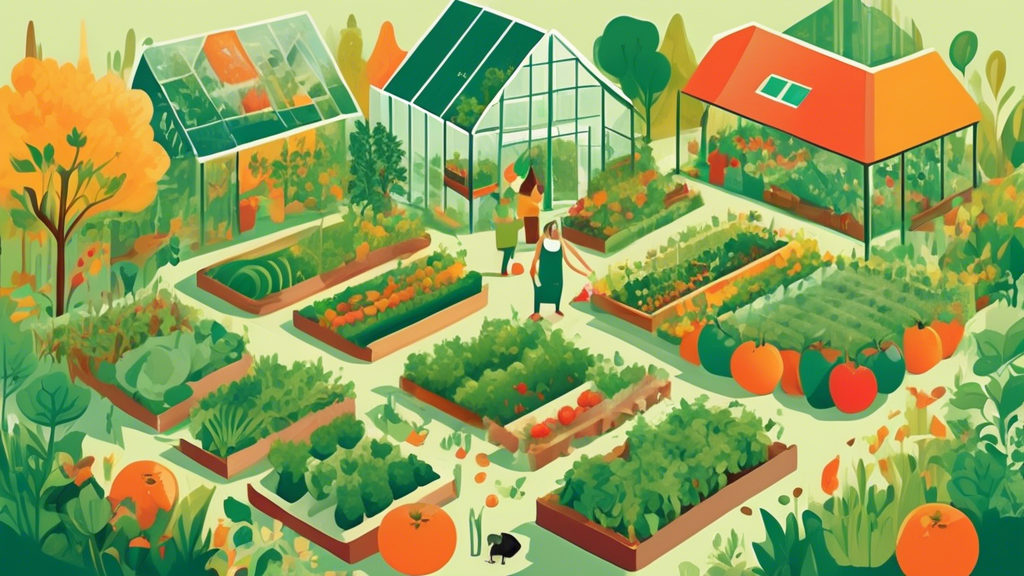
What is Permaculture? More Than Just Gardening
Permaculture is a design system for creating sustainable human habitats by mimicking the patterns and relationships found in nature. It’s a philosophy of working with, rather than against, nature, and of thoughtful observation rather than thoughtless labor.
The Core Ethics: Earth Care, People Care, and Fair Share
Every permaculture design rests on three foundational ethics:
- Earth Care: Supporting all living and non-living systems to thrive and multiply.
- People Care: Enabling communities to access the resources necessary for their well-being.
- Fair Share (or Future Care): Setting limits to consumption and redistributing surplus to care for the Earth and people.
Beyond Organic: Working With Nature, Not Against It
While organic gardening avoids synthetic chemicals, permaculture goes a step further. It aims to create a self-regulating ecosystem. Instead of just planting a vegetable patch, you design a system where plants, animals, insects, and soil life all support each other, reducing the need for external inputs and human intervention over time.
Why Start a Permaculture Garden? Solving Common Challenges
Many gardeners face recurring frustrations. Permaculture offers elegant, nature-based solutions to these common problems.
High Water Bills and Time-Consuming Watering
Watching your plants wilt and your water bill skyrocket is a common summer struggle.
Solution: Permaculture teaches you to “harvest” water. By using swales (water-harvesting ditches), rain barrels, and designing your landscape to slow, spread, and sink water into the soil, you can create a drought-resistant garden that relies less on the hose.
Poor Soil Quality and Reliance on Chemical Fertilizers
If you’re constantly buying bags of fertilizer to feed your plants, your soil’s natural health is likely depleted.
Solution: The goal is to build a living soil food web. Through techniques like composting, sheet mulching (lasagna gardening), and no-till methods, you feed the soil organisms, which in turn feed your plants. Healthy soil grows healthy plants, naturally.
Constant Weeding and Pest Problems
The endless cycle of pulling weeds and fighting off bugs can make gardening feel like a battle.
Solution: Permaculture reframes “weeds” and “pests” as indicators of an imbalanced system. By using dense companion planting and creating habitats for beneficial insects and birds, you create a balanced ecosystem where problems are managed naturally, and weeding is minimized by keeping the soil covered.
Your First Step: The Power of Observation
The most critical step in permaculture is also the one most beginners skip: don’t just do something, stand there! Spend time in your garden space through different seasons, weather, and times of day before you ever put a spade in the ground.
The “Zone and Sector” Planning Method (A Unique Permaculture Tool)
This is the secret weapon of permaculture design, a framework for intelligent placement that saves you endless time and energy.
Zone Planning: This involves organizing your property based on the frequency of human use and the needs of the plants or animals.
| Zone | Description | Examples |
|---|---|---|
| Zone 0 | Your home | Indoor herbs, houseplants |
| Zone 1 | Area you visit daily | Salad greens, culinary herbs, compost bin |
| Zone 2 | Visited less frequently | Perennial vegetables, soft fruits, main compost |
| Zone 3 | Main crops | Orchards, field crops for storage |
| Zone 4 | Semi-wild for foraging | Timber trees, wild berries, pasture |
| Zone 5 | Wilderness | Unmanaged natural area for observation |
Sector Analysis: This is the step many overlook! It involves mapping the external energies that flow through your site—sun, wind, water, fire risk, and wildlife movement. By understanding these, you can place elements to harness beneficial energies (like sun) or block unwanted ones (like a cold north wind).
A Step-by-Step Guide to Designing Your Garden
Step 1: Map Your Site and Analyze Your Sectors
Start with a simple sketch of your property. Note where the sun rises and sets in different seasons, the direction of prevailing winds, where water pools or runs off, and any animal paths. This is your sector analysis and forms the foundation of your design.
Step 2: Define Your Zones for Maximum Efficiency
Overlay your zone plan onto your map. Place the elements you need most often (herbs, seating area) closest to your back door (Zone 1). Place things that need less attention, like a nut tree or woodlot, further out in Zones 3 or 4.
Step 3: Build Your Soil from the Ground Up
Healthy soil is non-negotiable. Start a compost pile. Use sheet mulching (layering cardboard, compost, straw, and leaves) to instantly create rich, weed-free planting beds. This “lasagna” method builds soil life and fertility without tilling.
Step 4: Select Your Plants: The “Guild” Concept
Instead of planting in monocultures, group plants into supportive communities called guilds. A classic example is a “fruit tree guild.” You plant a fruit tree and surround it with:
- Nitrogen-Fixers: Like clover or beans, to fertilize the soil.
- Insectaries: Like dill or yarrow, to attract beneficial insects that prey on pests.
- Mulch-Makers: Like comfrey, whose leaves can be cut and dropped to feed the soil.
- Root Crops: Like daikon radish, to break up compacted soil.
This guild works as a team, requiring far less work from you.
Step 5: Implement Water-Catching Strategies
Install a rain barrel. For a more advanced technique, dig a swale on contour on a sloped part of your yard. This ditch catches rainwater, allowing it to soak into the soil rather than run off, hydrating your plants at the root level for weeks.
Permaculture Garden vs. Traditional Garden: A Quick Comparison
| Aspect | Traditional Garden | Permaculture Garden |
|---|---|---|
| Philosophy | Fighting Nature | Emulating Nature |
| Inputs | High (fertilizers, pesticides, water) | Low (closing waste loops, harvesting rain) |
| Biodiversity | Low (monocultures) | High (polycultures & guilds) |
| Long-Term Goal | Annual Harvest | Building a Self-Maintaining System |
| Soil Management | Annual Tilling | No-Till, Sheet Mulching |
Beginner Mistakes to Avoid in Your Permaculture Design
Trying to Do Everything at Once (Start Small!)
Enthusiasm can lead to burnout. Don’t try to convert your entire yard in one season. Start with a small, manageable project like a 4×8 foot sheet-mulched bed or a single fruit tree guild. Succeed on a small scale first.
Neglecting the Observation Phase
Planting before observing is like building a house without a foundation. That sunny spot in March might be shaded by a tree in July. Watch your land for a full year if you can, but even a few weeks of diligent observation will pay huge dividends.
Forgetting About Access Paths and Future Growth
It’s easy to plant things too close together. Remember, plants grow! Always plan for their mature size and create clear, permanent access paths so you can harvest and maintain your garden without compacting the soil in your beds.
Frequently Asked Questions (FAQs) About Permaculture Gardening
Do I need a huge yard to practice permaculture?
Answer: Absolutely not! The principles of permaculture are scalable. You can apply them to a balcony by creating container guilds, a small urban lot with intensive zoning, or an apartment by growing sprouts and herbs in a sunny window. It’s about the design thinking, not the acreage.
Isn’t it expensive to get started?
Answer: It can be one of the most low-cost ways to garden. Start with seeds saved from kitchen scraps, take cuttings from friends, and use free resources like fallen leaves, grass clippings, and cardboard for sheet mulching. Your main investment is time and observation, not money.
How long until I see results?
Answer: You’ll see some benefits immediately, like a dramatic reduction in weeds after sheet mulching. You can harvest vegetables in your first season. However, building a fully mature, self-fertilizing, self-watering ecosystem is a 3 to 5 year journey. It’s a process, not a project.
What are the easiest plants for a beginner’s permaculture garden?
Answer: Start with resilient, multi-purpose plants:
- Hardy Herbs: Mint, rosemary, thyme (they’re great pest repellents).
- Perennial Vegetables: Asparagus, rhubarb, Egyptian walking onions (plant once, harvest for years).
- Nitrogen-Fixers: Clover, beans, peas (they fertilize your garden for free).
Your Journey Begins Now
Designing a permaculture garden is a shift in perspective—from being a gardener who battles nature to a garden designer who partners with it. Remember the core ethics: care for the earth, care for people, and share the surplus. Your first step doesn’t need to be grand. Go outside, find a comfortable spot, and simply observe for 20 minutes. Notice the sun, the wind, the life. Then, start small with a single herb spiral or a sheet-mulched bed. Apply the principles of observation, zoning, and building soil, and you’ll be well on your way to creating a beautiful, productive, and resilient ecosystem in your own backyard.

